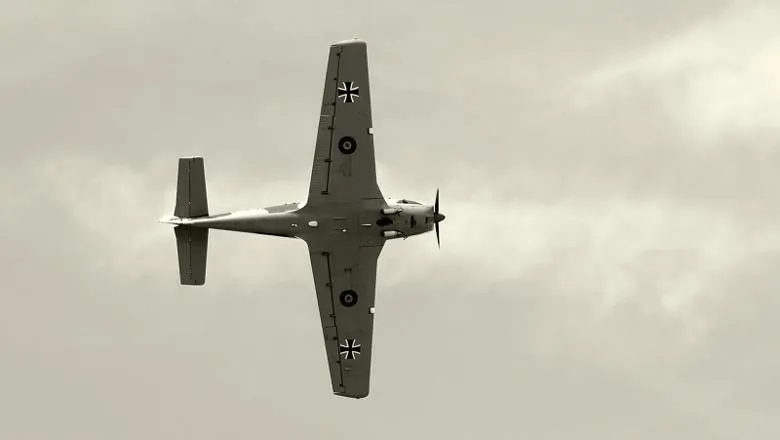Although the term ‘unprecedented’ has been used frequently to describe the COVID-19 pandemic the situation has significant parallels with previous threats to the public, particularly the Blitz of WW2. Lessons can be learnt from how people responded both to the Blitz itself and to the protective measures and public messaging that were issued by the government at the time.
Professor Edgar Jones, author of the paper, Institute of Psychiatry, Psychology & Neuroscience (IoPPN), King’s College London
27 August 2020
Comparing the psychological response during the COVID-19 pandemic and the Blitz
Drawing parallels between the current COVID-19 pandemic and the aerial bombings during World War 2 (WW2) could provide informative insight into the psychological response and behaviour of people, according to new research from King’s College London.

The response to aerial bombings of WW2 provides one of the earliest examples of the government applying knowledge from behavioural science and psychological understanding to protect people from harm whilst maintaining production and economic stability.
Published in The Lancet Psychiatry, the new historical review draws comparisons between the Blitz and the current COVID-19 pandemic as means to better understand how to manage a number of challenges that the government is facing such as the transition to ‘normal’ life after lockdown and effective communication around a potential second wave of infections.
Is the pandemic ‘unprecedented’?
By analysing documents from five departments of government for the period of 1938 to 1945 from the UK National Archives and documents released by scientific advisory groups during the current pandemic, the study drew comparisons between the response of the British public and the government in the two situations and identified a number of similarities.
In both the pre-war and the pre-lockdown periods there was a lessening of initial anxiety around the respective threats. Even though war had been declared surveys indicated that the majority of people were not taking air-raid precautions and, despite reports of the deadly virus in China, large public events in the UK such as the Cheltenham Races, continued to take place. A key similarity between the two situations at this point was the failure to learn from comparable events overseas.
Staying at home and ‘deep shelter mentality’
During the Blitz the government did not predict that the majority of people would prefer to shelter in their own homes rather than the safer external underground ‘deep shelters’ that had been provided. A similar reluctance to leave home has been observed after the easing of the current lockdown which has been described as a form of ‘deep-shelter mentality.’
Evidence from the Blitz provides insight into how powerful this mentality is in times of threat since the government had to adapt its shelter policy by abandoning the external deep shelters and instead provide internal steel cages to allow people to shelter safely at home. As such it is likely that provision must be made for people to continue to work from home and base much of their everyday life here in the long term.
In both the current pandemic and the Blitz people often acted ahead of the government measures or recommendations. If politicians want to introduce a policy they’ve got to listen to the public and give them a sense of engagement.
Professor Edgar Jones
He added, ‘In WW2 people preferred to shelter in their homes because there is a deep psychological sense of being protected at home. Similarly in the COVID-19 pandemic when lockdown was introduced it wasn’t difficult for people to stay at home because of this sense of safety gained from being at home.’
Insight into communication around second wave
The study provides an informative comparison between the threat of a second wave of infection and the arrival of the V1 and V2 rockets during the summer of 1944. In WW2 people had already experienced a major assault but they were then expected to prepare for another. In the case of the V1 rockets the government did not release information on the nature of the rockets, creating a vacuum that was filled with fear and apprehension. When they did publish information and publicised protection measures, adaptation by the people followed quickly as many had already developed a form of coping strategy in the previous air raids.
This highlights the importance of transparency and clarity in communication of risk and threat if a second wave of the COVID-19 pandemic does occur, according to the research.
Lessons can be learnt from communication around both the V1 and V2 rockets and from the failure of the ‘stay alert’ campaign in the current pandemic to maintain public trust. Clear explanations are needed for any measures going forward based on candid and objective news and, once this is provided, people who have developed coping strategies and resilience can adapt more readily.
Professor Edgar Jones
Community spirit
The study also drew a parallel between the protective measures of blackout in WW2 and social distancing, in that both measures relied on everyone taking part in order for them to be effective. In both situations this approach of ‘we’re all in this together’ proved successful. ‘It’s crucial to get people to buy into protecting the community and not just themselves,’ said Professor Jones. ‘Interestingly in the early days of lockdown politicians likened the spirit behind the ‘protect the NHS and save lives’ campaign to that of the Blitz. This study has shown there are a number of other informative parallels that can be drawn from the two situations.’
Reference: Jones, E. (2020) The psychology of protecting the UK public against external threat: COVID-19 and Blitz compared. The Lancet Psychiatry. DOI: 10.1016/S2215-0366(20)30342-4 http://www.thelancet.com/journals/lanpsy/article/PIIS2215-0366(20)30342-4/fulltext
Contact: For interviews or any further media information please contact Franca Davenport, Interim Senior Press Officer, IoPPN: franca.davenport@kcl.ac.uk / +44 7718 697176

